Nikon Z 28-400mm f/4-8 VR: The Best All-Purpose Lens I’ve Ever Used
![]()
When Nikon announced a new Nikon Z 28-400mm f/4-8 VR in March, I didn’t get very excited. After all, lenses that attempt to cover an extreme range of focal lengths (“all-in-one”) tend to suffer from distortion at their widest and longest and lose sharpness at the long end.
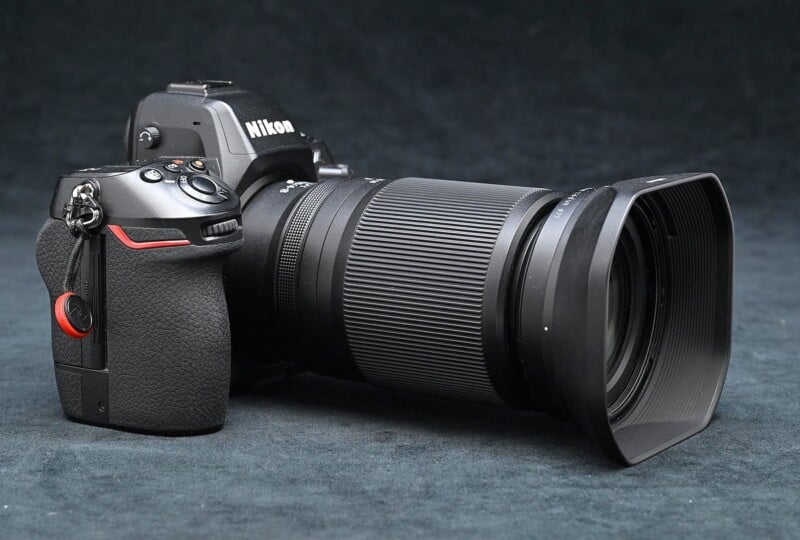
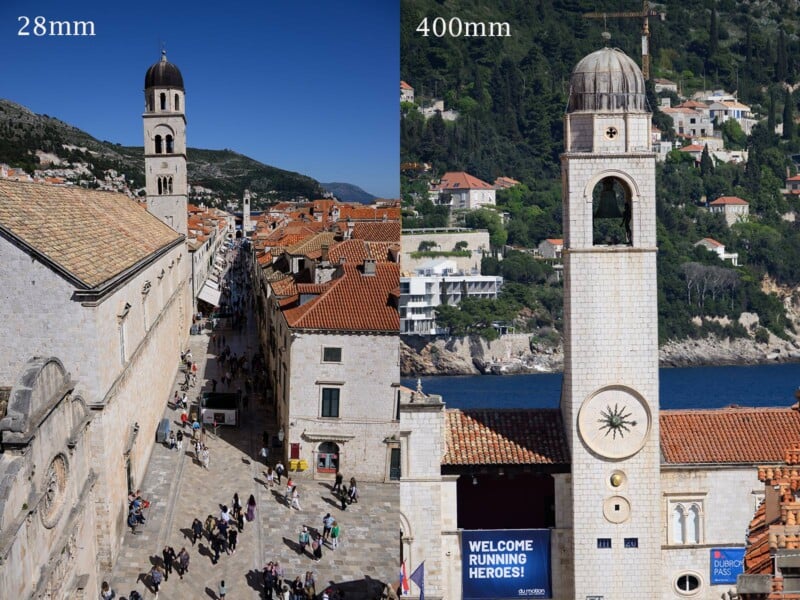
The upsides seem obvious, so let’s talk about the downsides first: size, weight, and aperture. It’s a pretty beefy lens, and does tend to extend on its own when hanging from my shoulder (it has a “lock” switch you can flip to keep it at 28mm). My Nikkor Z 24-200mm f/4-6.3 lens weighs 1.26 lbs, and the new 28-400 is 1.6 lbs, so only about a quarter-pound heavier. And while the aperture is f/4 at 28mm, it gets to f/5.6 at 50mm and f/8 by the time you hit 200mm. That was one of my concerns, and it turns out I didn’t need to worry because I shoot mainly with the Nikon Z 8 and Z 9 cameras. Both of them handle high ISO’s really well, as I’m comfortable going up to 4000 ISO anytime, and will take it up to 12,800 if I really need to. Add to that I don’t plan on using this lens much for sports or wildlife, so won’t need high shutter speeds often. And, the IBIS (In Body Image Stabilization) on these cameras is so good I surprised myself by getting sharp photos at shutter speeds I normally wouldn’t consider using with a long telephoto lens.
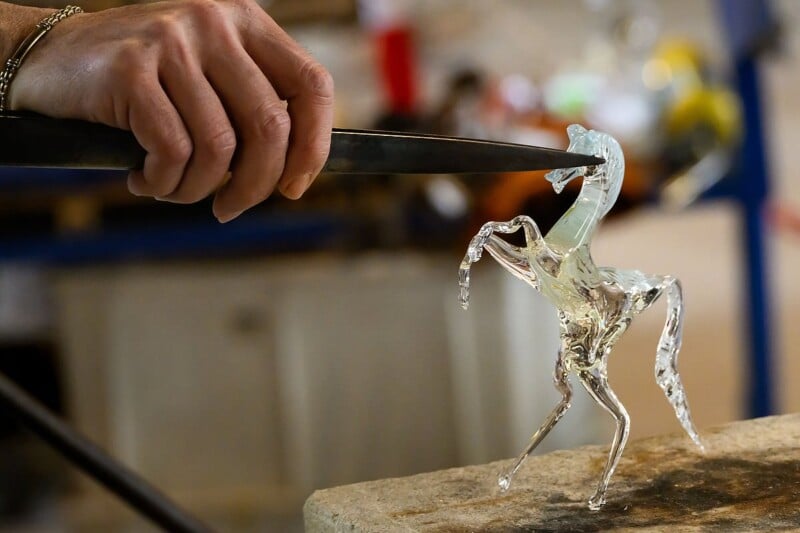
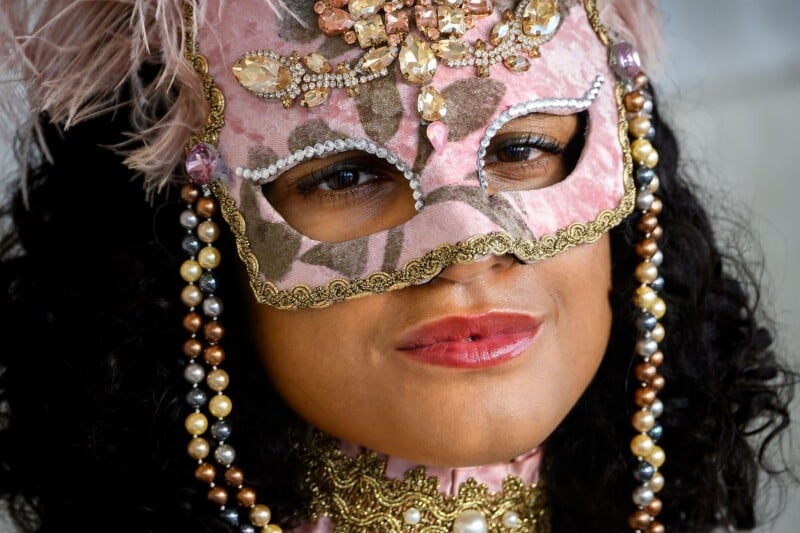
And the upsides? The biggest, of course, is that focal length range. 28-400mm? That’s crazy! But add to that the fact that it’s sharp (very sharp) throughout the range – even maxed out at 400mm. And that’s even when used wide open. I regularly found myself shooting the lens at its maximum aperture (widest) at whatever focal length I was using because it was always sharp. In fact, after the first couple of days, I only closed the aperture down when I wanted to pick up more depth of field.
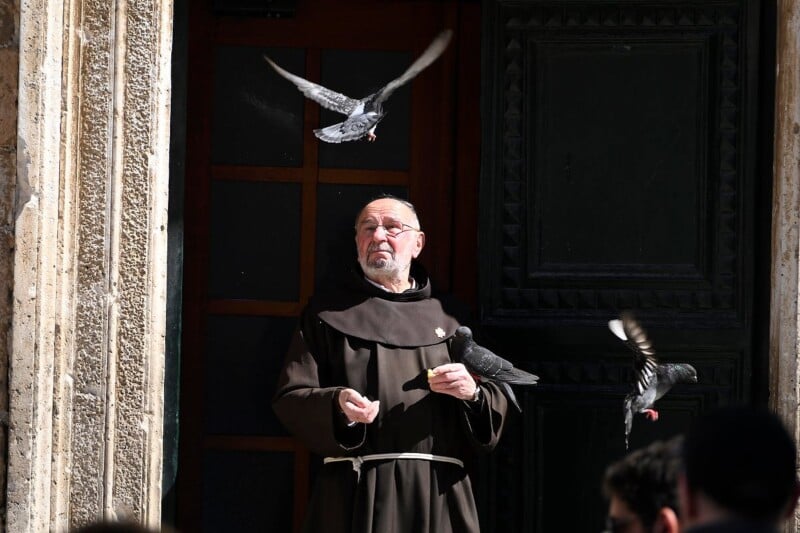
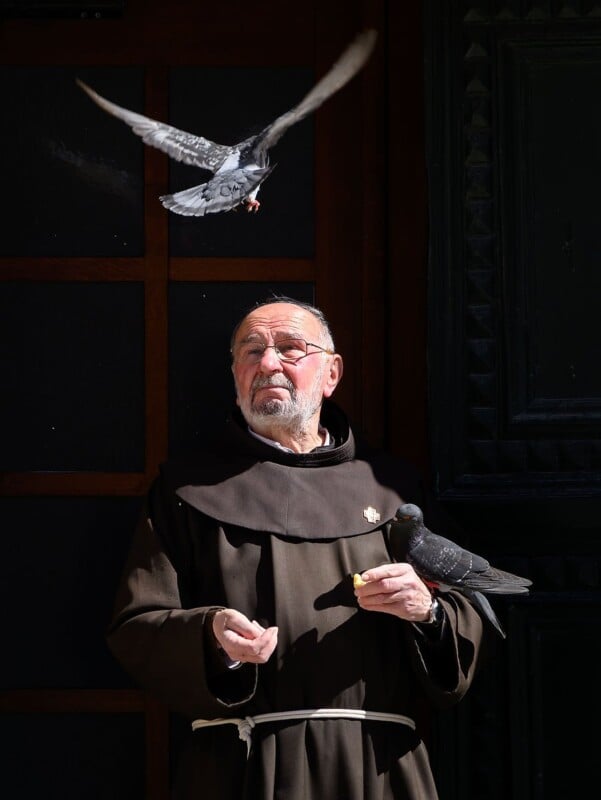
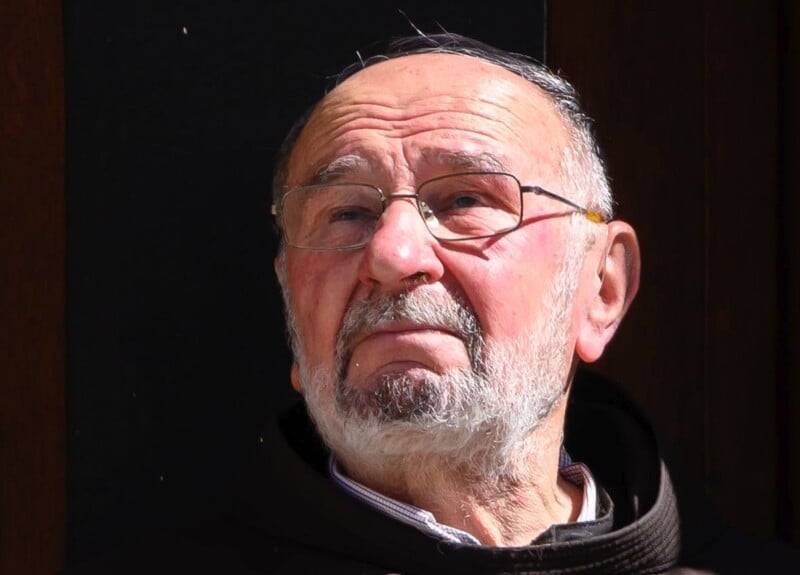
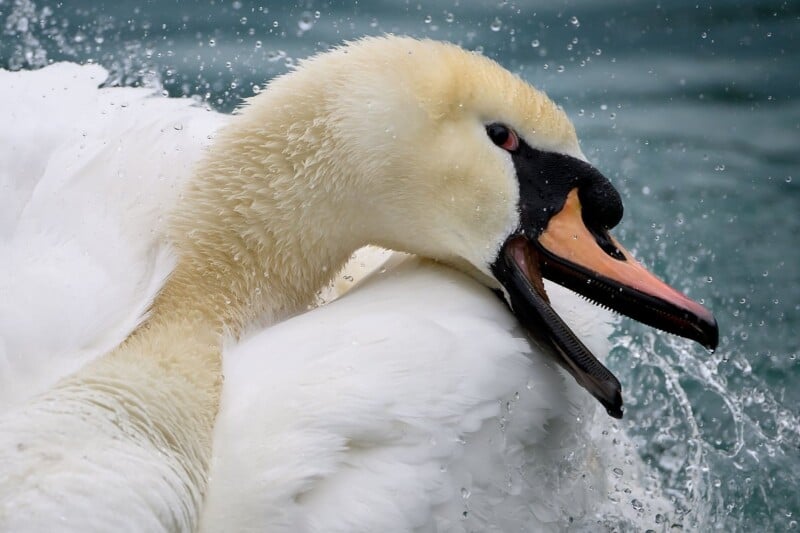
We all know that f/8 is not a “fast” aperture to work with, limiting your ability to create a shallow depth of field. However, at 300 to 400mm, and relatively close to your subject, even f/8 will result in a pretty soft background. And bokeh? That’s never something I’ve worried much about. In my opinion, if people are looking at the bokeh in the background of a photo I’ve made, then the photo’s not very good. If I’ve found a good subject or scene, that’s what the viewer should be looking at.
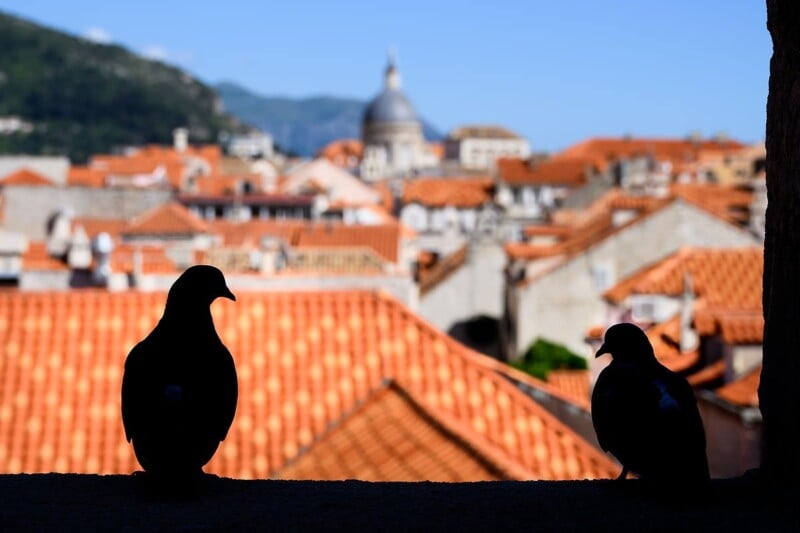
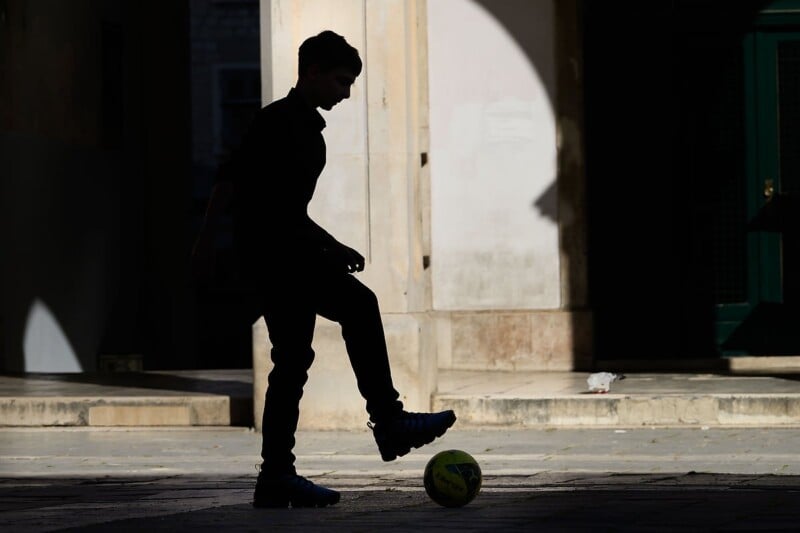
But what about the wide-angle end? If you know me, you know I’m a BIG fan of super-wide lenses. My current favorite is the Nikon Z 14-30mm f/4 S. So would 28mm mean more time spent changing lenses? As it turned out, no. 28mm was wide enough for most of what I was shooting, and that compact 14-30mm was always close by for when I needed to go wider.
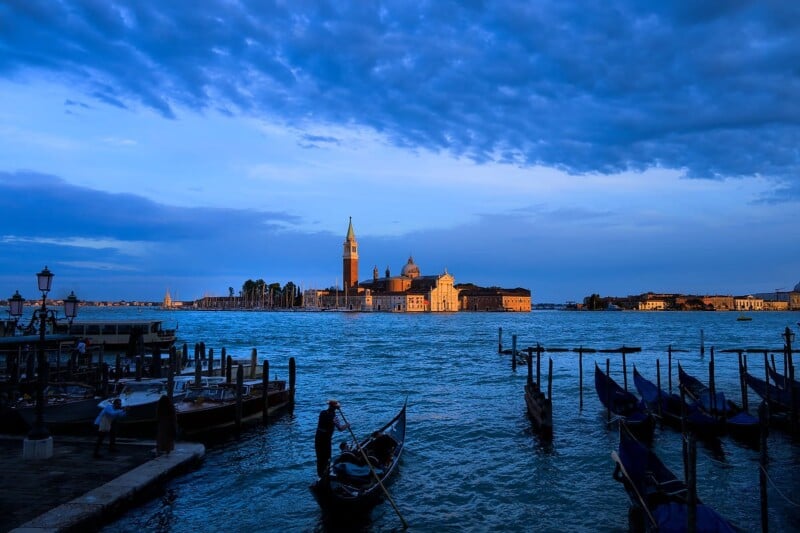
I’ll still take the Z 24-200mm f/4-6.3 with me on trips where I won’t need more than 200mm, or also have a much longer lens (like the 180-600mm). And my Z 24-120mm f/4 lens will go in the bag when I know I’ll need that f/4 aperture. But from now on, for most of my travels, this new 28-400mm lens will be what I reach for first. And that range, along with not having to change lenses as much, is going to help me make photos I couldn’t before. Here are a few more of those that I shot in Europe over the last two weeks with this impressive lens:
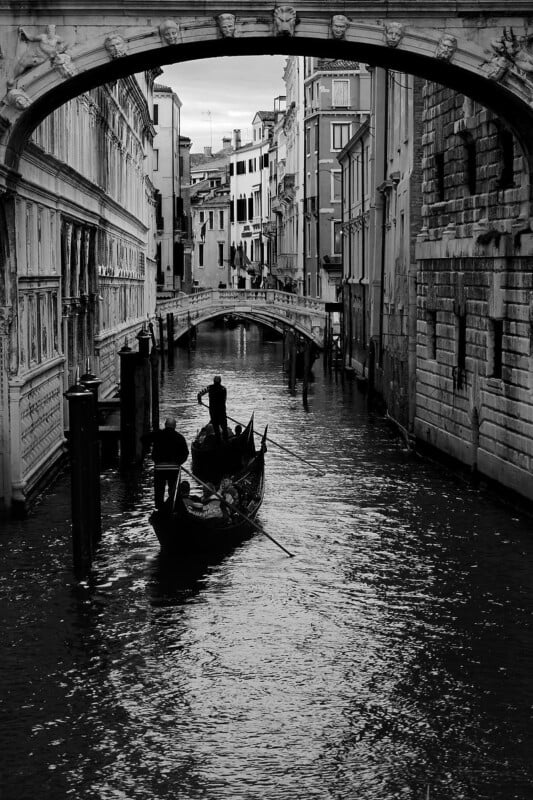
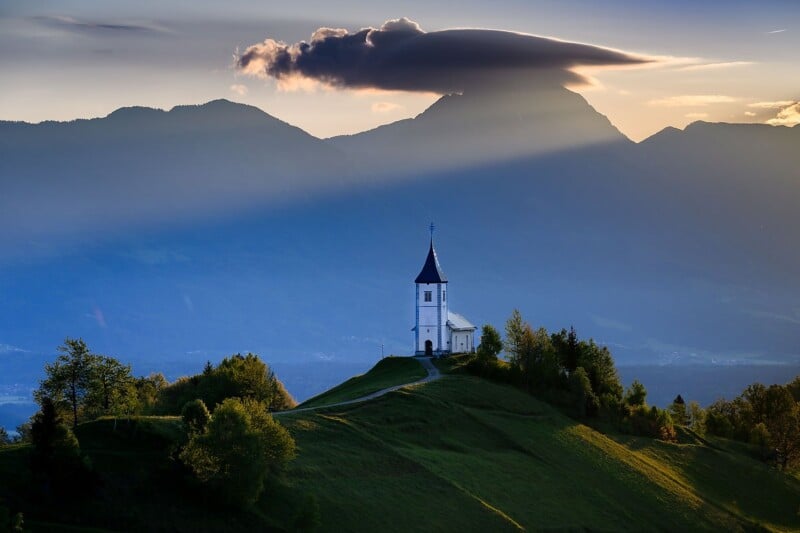
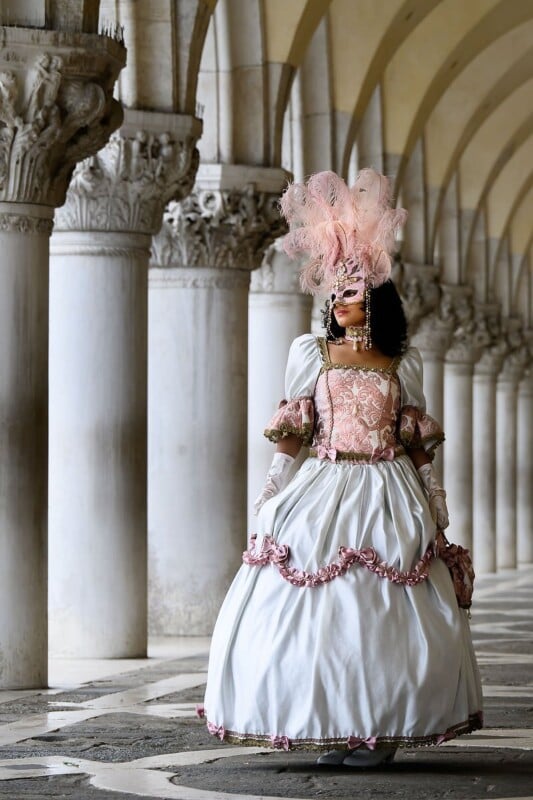
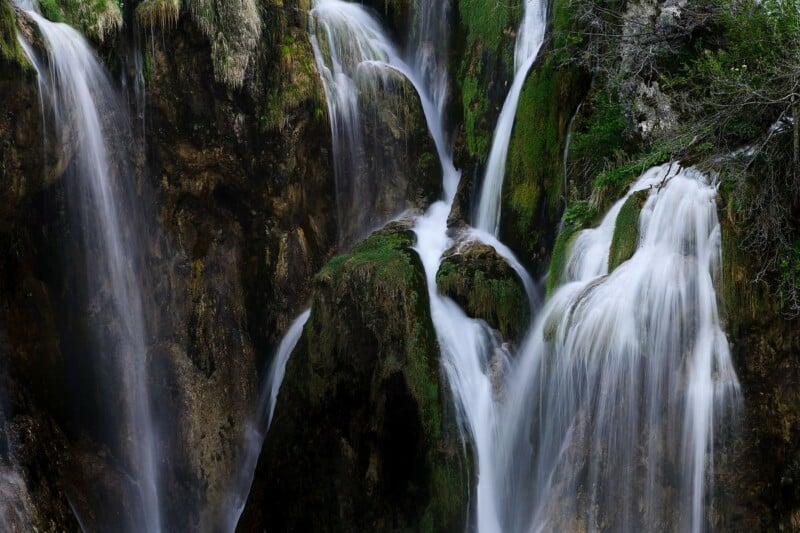
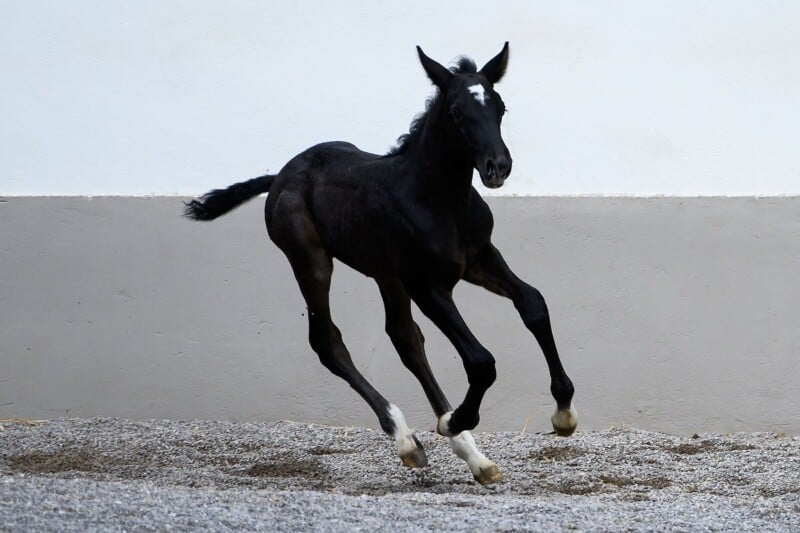
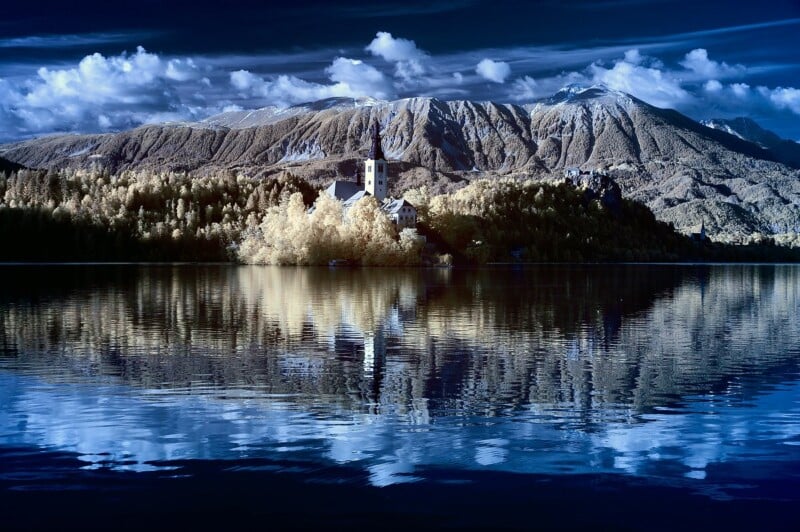
About the author: Reed Hoffmann is a photographer and photography instructor who has been in the photo industry for decades and who has used every Nikon DSLR (and taught most of them) and nearly every Nikon mirrorless camera. The opinions expressed in this article are solely those of the author. Follow along with Hoffmann’s latest workshops here. You can also find more of Hoffmann’s work and writing on his website, Facebook, Instagram, and Twitter. This article was also published here.